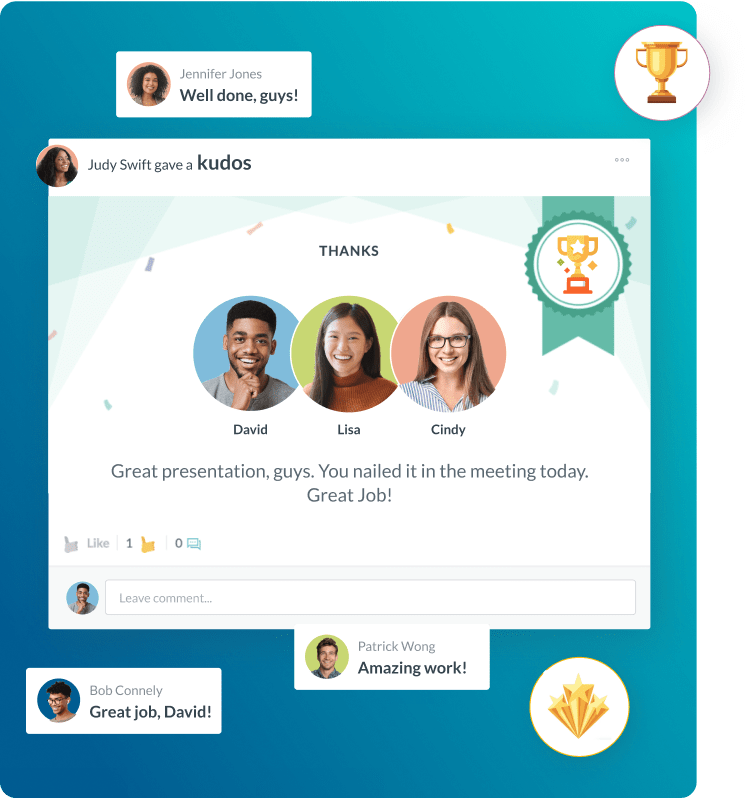Hourly to Yearly
- Understanding the Fundamentals of Hourly to Yearly Conversion
- Hourly to Yearly Conversion Framework
- Best Practices for Accurate Salary Conversion and Communication
- Common Pitfalls That Lead to Inaccurate Conversions
- Real World Applications Across Different Industries
- Your Step by Step Implementation Plan
- Preparing for the Future of Compensation Planning
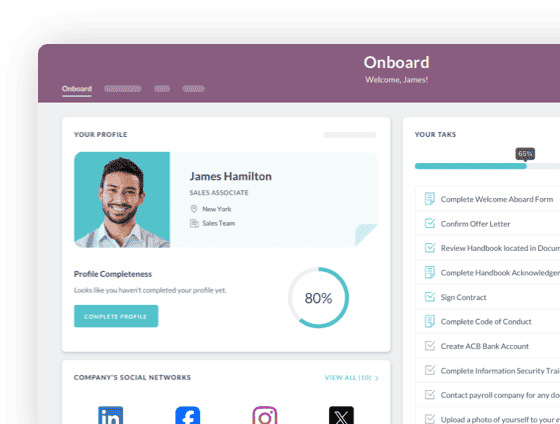
 Cut onboarding time
by 60%—here's the
Ultimate Checklist
that helped do it.
Cut onboarding time
by 60%—here's the
Ultimate Checklist
that helped do it.
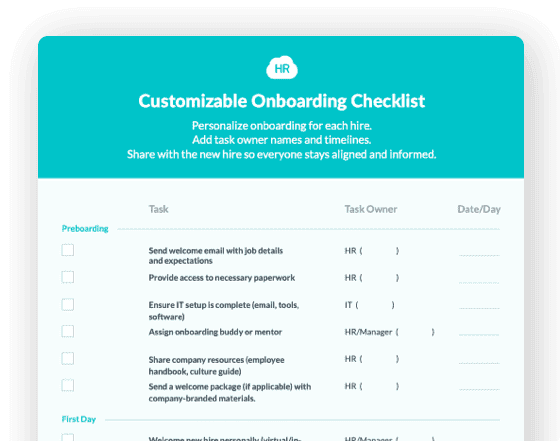
Hourly to Yearly: Understanding Wage Conversion for Better Compensation Planning
Converting hourly wages to annual salaries is more than just a math problem. It's a critical skill that helps you make smarter hiring decisions, budget more accurately, and communicate compensation clearly to your team. Whether you're comparing job offers, planning your workforce budget, or ensuring pay equity across your organization, understanding how to convert hourly rates to yearly income gives you the clarity you need to make confident decisions.
This conversion matters because it reveals the true cost of employment and helps you compare different compensation structures fairly. When you can quickly translate an hourly rate into an annual figure, you gain immediate insight into how a position fits within your compensation strategy and overall budget. The calculation itself is straightforward, but applying it correctly requires understanding the nuances of work schedules, overtime, benefits, and industry standards. With the right approach to workforce management, you can ensure your compensation planning aligns with both employee expectations and business realities.
Understanding the Fundamentals of Hourly to Yearly Conversion
Before diving into complex compensation scenarios, you need to grasp the foundational elements that make hourly to yearly conversion accurate and meaningful. These key points will help you navigate salary discussions with confidence and precision.
The conversion process involves more than multiplying an hourly rate by the number of hours in a year. You must account for actual working hours, which typically exclude weekends, holidays, and paid time off. According to research from the Society for Human Resource Management, understanding full compensation calculations helps organizations maintain competitive pay structures.
Here are the essential concepts you need to master:
Standard Full-Time Calculation:
Multiply the hourly rate by 2,080 hours, which represents 40 hours per week for 52 weeks, to get the base annual salary before any deductions or additional compensation
Part-Time Considerations:
Calculate based on actual scheduled hours per week, remembering that part time employees often work 20 to 30 hours weekly, which significantly impacts the annual figure
Overtime Impact:
Factor in regular overtime hours separately at 1.5 times the base rate, as this can add 10 to 30 percent to total annual earnings for many positions
Benefits Value:
Include employer contributions for health insurance, retirement plans, and other benefits, which typically add 25 to 40 percent to the base salary calculation
Industry Variations:
Recognize that different sectors have different standard work hours, with some industries operating on 37.5 hour weeks while others maintain 40 or more
Seasonal Fluctuations:
Account for positions with variable hours throughout the year, using average weekly hours over 12 months for the most accurate annual projection
Hourly to Yearly Conversion Framework
This table provides a quick reference for converting common hourly rates to annual salaries based on standard full time employment of 2,080 hours per year.
|
Hourly Rate |
Annual Salary (Full Time) |
Monthly Equivalent |
Weekly Gross Pay |
|
$15.00 |
$31,200 |
$2,600 |
$600 |
|
$20.00 |
$41,600 |
$3,467 |
$800 |
|
$25.00 |
$52,000 |
$4,333 |
$1,000 |
|
$30.00 |
$62,400 |
$5,200 |
$1,200 |
|
$35.00 |
$72,800 |
$6,067 |
$1,400 |
|
$40.00 |
$83,200 |
$6,933 |
$1,600 |
|
$50.00 |
$104,000 |
$8,667 |
$2,000 |
Best Practices for Accurate Salary Conversion and Communication
Mastering hourly to yearly conversion requires more than knowing the formula. You need a systematic approach that accounts for real world variables and helps you communicate compensation effectively to candidates and current employees. Implementing these best HR practices ensures your compensation planning remains both accurate and competitive.
Smart compensation planning starts with understanding the complete picture of employee costs and clearly communicating what those numbers mean. Here's how to handle conversions with confidence:
Use Gross Pay Calculations First:
Always start with gross pay before taxes and deductions to establish the baseline annual figure, then work backward to understand take home pay if needed for employee discussions
Document Your Assumptions:
Write down whether you're calculating based on 40 hour weeks, 37.5 hour weeks, or another standard, and note any overtime or shift differential assumptions to maintain consistency
Include Geographic Adjustments:
Apply cost of living factors when comparing salaries across different locations, as a $50,000 salary in one city may have significantly different purchasing power than the same amount elsewhere
Calculate Total Compensation Packages:
Add benefits value, bonuses, commission potential, and other perks to the base salary to show the complete compensation picture during employee onboarding discussions
Update Calculations Regularly:
Review and adjust your conversion assumptions at least annually to reflect changes in standard work hours, overtime patterns, and benefit costs that affect total compensation
Create Clear Documentation:
Develop templates and standardized formulas that your entire HR team can use, ensuring everyone calculates and communicates compensation the same way across your organization
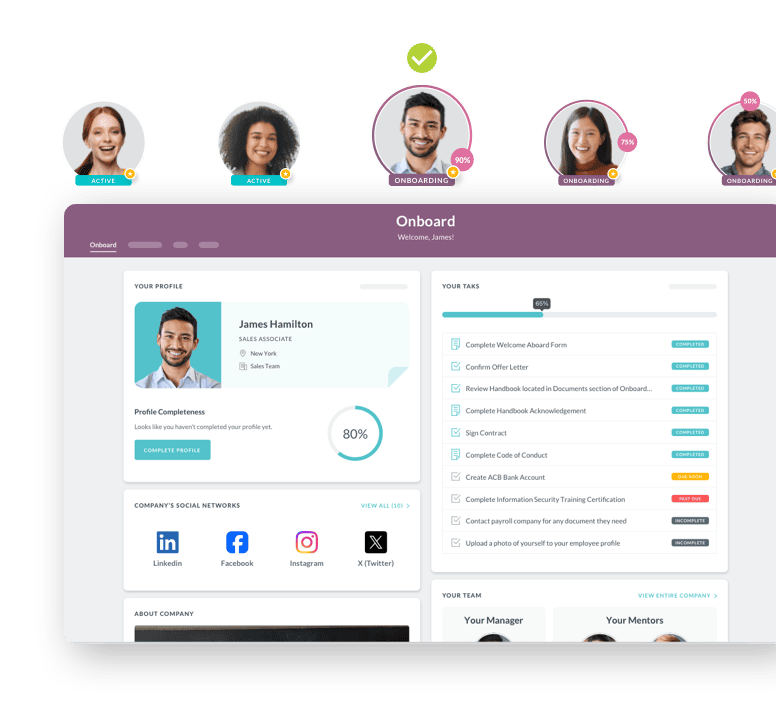
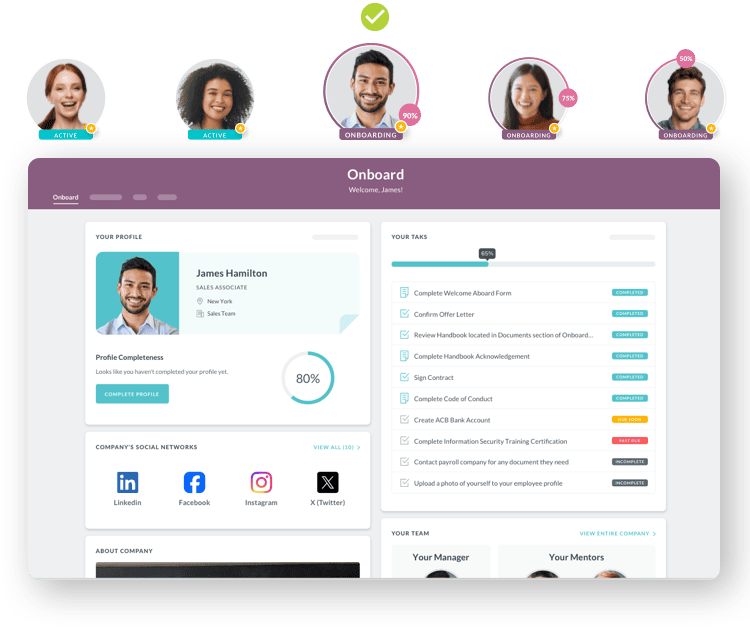
Common Pitfalls That Lead to Inaccurate Conversions
Even experienced HR professionals sometimes make mistakes when converting hourly rates to annual salaries. These errors can lead to budget overruns, compensation inequities, and frustrated employees who feel misled about their earning potential. Understanding where others stumble helps you avoid the same traps.
The most frequent mistakes happen when organizations take shortcuts or fail to account for the full complexity of modern work arrangements. Research from Harvard Business Review shows that transparency in compensation calculations builds trust and reduces turnover.
Watch out for these common errors:
Forgetting Unpaid Time Off:
Multiplying by 2,080 hours without considering that employees don't get paid for all 52 weeks when they take unpaid leave, which can overstate annual earnings by thousands of dollars
Ignoring Overtime Patterns:
Treating occasional overtime the same as guaranteed overtime, leading to inflated salary expectations that don't match actual paychecks throughout the year
Misunderstanding Exempt Status:
Confusing hourly calculations with salaried exempt positions that may require more than 40 hours weekly with no additional pay, creating unrealistic comparisons between positions
Overlooking Benefit Variations:
Assuming all employees receive the same benefits package when part time workers often receive reduced benefits, which significantly changes the total compensation value
Using Inconsistent Periods:
Switching between 52 week calculations and monthly multipliers without properly aligning the numbers, resulting in figures that don't reconcile across different reporting timeframes
Real World Applications Across Different Industries
Understanding how hourly to yearly conversion works in practice helps you apply these concepts more effectively in your own organization. Different industries approach compensation planning with unique considerations based on their operational needs and workforce structures.
In healthcare settings, according to Indeed's compensation research, converting hourly nursing rates to annual salaries must account for shift differentials and on call pay. A registered nurse earning $35 per hour base pay might actually earn $80,000 annually when you include evening and weekend shift premiums, overtime during busy periods, and on call compensation. Healthcare HR teams use these accurate conversions when budgeting for staffing needs and ensuring competitive pay scales.
Retail organizations face different challenges with their largely hourly workforce. A retail store manager might need to calculate annual costs for seasonal employees who work 30 hours weekly during peak months but only 15 hours weekly during slower periods. Using weighted averages across the year, rather than simple multiplication, gives a more accurate picture of actual annual labor costs. This precision helps retailers manage their time and attendance more effectively and forecast payroll expenses accurately.
Technology companies often convert hourly contractor rates to full time equivalent salaries when deciding whether to bring contractors onto the permanent payroll. A software developer earning $75 per hour as a contractor might seem expensive compared to a $120,000 salaried employee, but when you add benefits costs, paid time off, and employer taxes to the salaried position, the true comparison becomes clearer. Tech HR teams use these conversions to make strategic decisions about workforce composition and contractor relationships.
Your Step-by-Step Implementation Plan
Putting hourly to hourly-to-yearly conversion into practice across your organization requires a structured approach. Follow this proven process to ensure accuracy, consistency, and clear communication throughout your compensation planning efforts.
Start by establishing your baseline standards. Define what constitutes full time employment in your organization, whether that's 40 hours, 37.5 hours, or another amount. Document this in your employee handbook and ensure all managers understand the standard. Calculate your organization's actual working days per year by subtracting company holidays and typical vacation time from 365 days.
Next, create standardized calculation tools. Build spreadsheet templates or use HR software that automatically converts hourly rates to annual salaries using your documented standards. Include fields for overtime assumptions, shift differentials, and benefit values so calculations remain comprehensive. Test these tools with several example positions to verify accuracy before rolling them out.
Then, train your team on proper usage. Walk managers and recruiters through the conversion process, explaining why you account for different variables and how to communicate salary ranges clearly to candidates. Provide real examples from your organization and practice converting various scenarios together until everyone feels confident with the process.
Implement quality controls by having a second person review all salary conversions before they're communicated to candidates or used in budget planning. Set up periodic audits to ensure everyone continues using the standardized approach correctly. Create a feedback loop where team members can ask questions and report any confusion about the conversion process.
Finally, monitor and refine your approach quarterly. Review actual payroll data against your projections to see if your conversion assumptions remain accurate. Adjust for any systemic differences you discover, such as more overtime than expected or different benefit costs than originally calculated. Update your templates and retrain your team whenever you make significant changes to the conversion methodology.
Preparing for the Future of Compensation Planning
The way organizations think about hourly to yearly conversion continues evolving as work itself transforms. Remote work, flexible schedules, and project based employment are changing how we calculate and communicate compensation. Staying ahead of these trends positions your organization to attract and retain top talent in an increasingly competitive market.
Gallup research on workplace trends shows that more workers now expect transparency about total compensation and how their earnings compare to market rates. This shift means your hourly to yearly conversions must not only be accurate but also easily explainable to employees who want to understand exactly how you arrived at specific salary figures. Consider creating visual tools that show employees how their hourly rate translates to annual earnings, monthly take home pay, and total compensation including benefits.
The rise of hybrid compensation models also demands more sophisticated conversion approaches. Some organizations now offer base salaries with hourly overtime pay for additional hours, blending traditional salaried and hourly structures. Others use tiered systems where compensation increases as employees work more hours up to certain thresholds. Your conversion framework needs flexibility to handle these creative approaches while maintaining clarity and fairness.
Technology continues making these calculations easier and more accurate. Modern payroll systems now automatically track hours, apply appropriate rates, calculate overtime, and project annual earnings in real time. These systems help you move from static annual projections to dynamic forecasts that adjust as actual work patterns emerge. Investing in these tools reduces errors and gives you better data for strategic workforce planning.
Looking ahead, expect increased regulatory scrutiny around pay equity and transparency. More jurisdictions now require employers to disclose salary ranges in job postings, and these disclosures typically use annual figures even for hourly positions. Your ability to quickly and accurately convert between hourly and yearly figures becomes essential for compliance and competitive positioning in the talent market.
The future also brings greater emphasis on total rewards statements that show employees the complete value of their compensation package. These statements require precise conversions that include not just base pay but also benefits value, retirement contributions, and other perks calculated on an annual basis. Organizations that master these comprehensive conversions can better communicate their value proposition and improve employee satisfaction with compensation.
As you refine your approach to hourly to yearly conversion, remember that accuracy and transparency build trust with your workforce. The time you invest in getting these calculations right pays dividends through better budget planning, fairer compensation structures, and stronger employee relationships. Your compensation strategy becomes more strategic when it's built on solid, well understood financial foundations.
Keep Reading
The Hidden Metrics of Frontline Success: Beyond Engagement Scores
"What gets measured gets managed, but what gets measured well gets transformed." — Peter
Embracing Diversity: Recognizing Different Cultures in the Workplace
Workplaces today reflect the incredible diversity of the world around us. People bring
From Manual to Automated: A Complete Guide to Digitizing Employee Onboarding for Large Organizations
Sarah Chen, Director of HR at a 7,000-employee healthcare organization, starts her Monday
Ready to streamline your onboarding process?
Book a demo today and see how HR Cloud can help you create an exceptional experience for your new employees.






